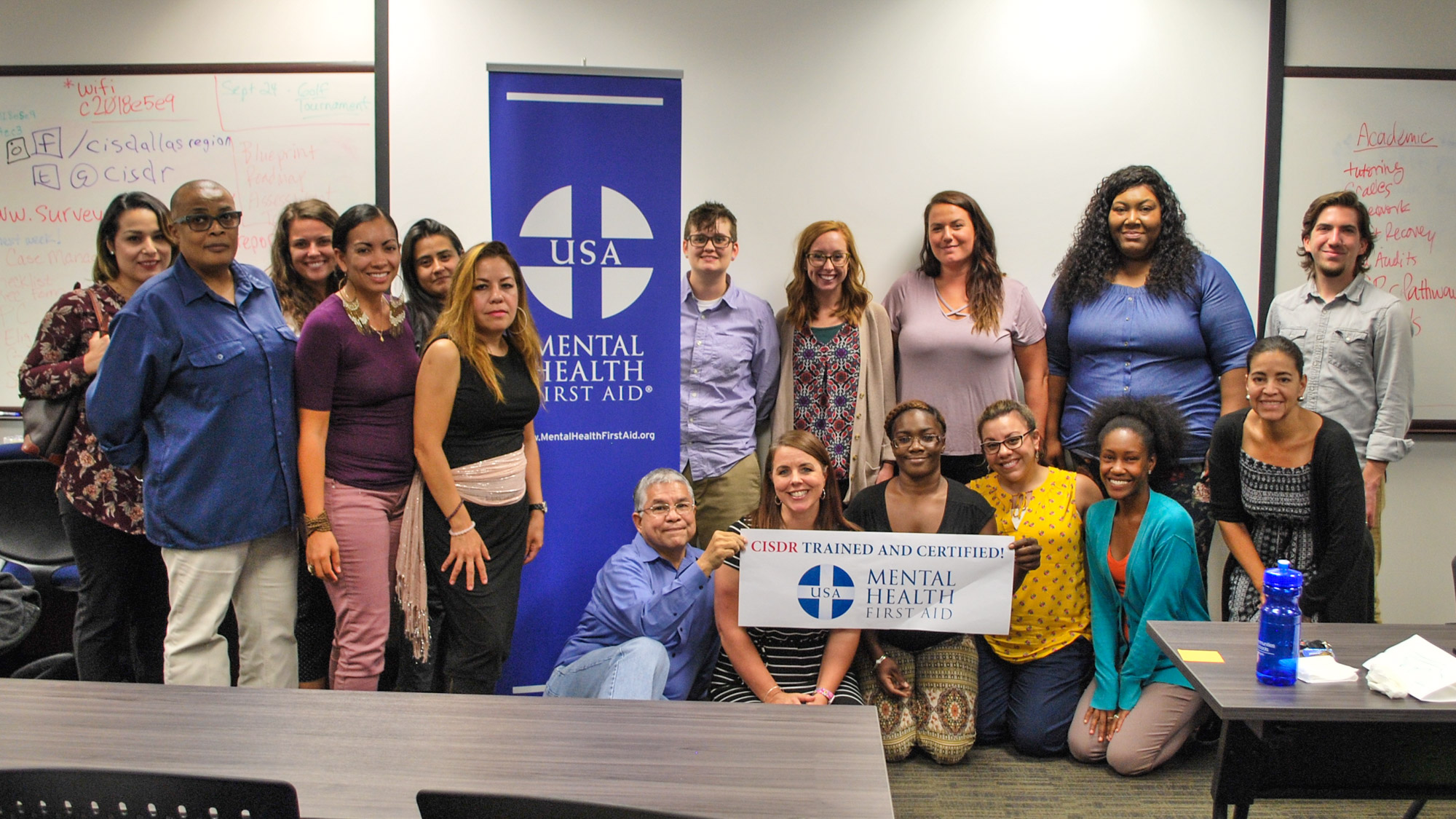Holding the attention of hundreds of children and teenagers is no easy task for many adults. On a cool October weekday, John Comstock had scores of Allen Academy students and staff members captivated as he told the story of being trapped for seven hours on the morning of Nov. 18, 1999, after the Texas A&M Bonfire collapsed. Twelve Aggies were killed. Comstock was among the 27 injured and was the last survivor pulled from the wreckage.
Now nearing 40, Comstock works for the Texas A&M University System as a financial specialist. He said he appreciates the chances he's received, especially lately, to speak to groups about the injuries and his journey from despair to normalcy.
"I've felt like if my story can help somebody else -- if it can help just one person at a school or in a crowd -- then it's worth it," he told The (Bryan-College Station) Eagle.
Comstock worked extensively this year with filmmaker Charlie Minn on a documentary titled "The 13th Man," which opens Nov. 7 at Premiere Cinema in Bryan. That, coupled with speaking engagements and a book he has been writing on his experiences, have all proven therapeutic, Comstock said.
"I'm hoping that the documentary and the speaking appearances help people overcome their tragedies, because at some point, each of us will face hardships," he said. "With all life comes suffering, eventually. I hope my story helps with facing that."
Bonfire quickly became a part of Comstock's life at A&M; a Bonfire crew chief recruited him to join the building team in his first few days on campus. He shared with the Allen Academy students details about the night of Nov. 17 that led into the early morning hours of the 18th.
"I was up in my room studying, and then (Bonfire crew members) came by my room at about 12:30 (a.m.)," he said. "They banged on my door. I refused at first and told them I had to study for the tests. They said, `Nah, you haven't missed a cut or a stack, so come on, let's go,' and so I went."
Local
The latest news from around North Texas.
He recounted the moment of the collapse and the aftermath. He was on the six-tier structure's fourth stack. The Bonfire stood at 40 feet before the collapse and would have been completed at 55 feet.
"I was out for just a few seconds, and when I woke up and opened my eyes, I was completely blinded by dirt," Comstock said.
As Comstock waited, holding on to life, he didn't know the scope of what had happened. He compared the recovery effort to a game of pick-up sticks, with first responders worried that moving logs to free him would harm others who were trapped.
"At that point, I knew that things had fallen on top of me, but I didn't really know much except that my left arm was free," he said. He stuck his arm up, waved it and said that someone quickly grabbed his hand.
"The person said, `The EMTs know where you are -- they've been called and they're on their way. I have to go help other people right now, but they know where you are."'
The fireman closest to him was trying to keep him awake and alert, he said.
"About every 20 minutes, the fireman would ask me to give a thumbs-up if I was OK, and that's how the night went on," he said. "I got to the point where I was about to give up, and I said, `How much longer?' and he said, `A little bit longer."'
"You know, you've told me that a thousand times already," Comstock recalled telling the fireman. "I need to know how much longer you need me to go, and that's what I'll do.' He hesitated a little bit, and then he said there was one more person to get out, and it'll probably take about an hour. So I said I can do one hour."
As he waited before being rescued, Comstock didn't know what lay ahead for him. He said the thought crossed his mind, as the pain raged, that he might never walk again.
He stayed for nearly three months at the College Station Medical Center and endured numerous surgeries and other procedures. Comstock's right hand sustained permanent injury, and part of his left leg was amputated. He is a wheelchair user today and drives a customized truck. He said that he strived in the months and years following the collapse to gain as much independence as possible.
Comstock reflected on what it has been like for him to be synonymous, essentially, with the Bonfire tragedy.
"I sometimes find it comical that I'm famous for the tragedy of my life instead of some great accomplishment -- but I'm working on it," he said, laughing.
Each year on the anniversary date, Comstock said he goes to the polo fields where the collapse occurred. The memorial was recently renovated to allow better wheelchair access; Comstock expressed appreciation for those efforts, as it was previously difficult for him to get to the site, he said.
"I like the memorial for the remembrance of the 12," Comstock said. "I didn't really know them, so it's powerful to go to the gateway and look and see what's been written about them."
In 2016, he wrote an open letter to the community, published in The Eagle. In it, he wrote that it was tough to find the words to describe what Bonfire meant -- and still means -- to him.
"I know those 12 names well, and I know I easily could have been the 13th name on that list," he wrote.
At Allen Academy, he told the students that he was so close to death in the aftermath of the collapse that A&M wrote a press release announcing his death. Comstock had that release framed.
As the first Aggie in his family, Comstock said that he came to A&M unaware of the school's traditions.
"Before the collapse, A&M was a different place than it is now," Comstock said. "People had pro-Bonfire things in their windows and dorms, and people were all about it -- especially the people who worked on it. ... We always said 5,000 people built it and 70,000 watched it burn."
When he speaks to students or other groups, Comstock said he strives to express that his life has been full of ups and downs, and that, with support, he has found a way each time to recover. He shares the pride he felt when he graduated from A&M in 2010. He discusses the role his mother, Dixie Edwards, played in his life and in his recovery. Edwards died in 2007.
"She was a great mother who sacrificed anything and everything she had to make sure that I was OK and taken care of," he said in an interview this week.
He also mentions the self-pity he worked through over the years, and about his current everyday existence. He shows photos of him singing karaoke with friends.
Comstock describes his daily life now as "normal, for the most part." He told the Allen Academy students and staff about his decision to make an online dating profile, for which he used a photo of him in his wheelchair as the profile picture.
"I wanted them to know exactly what they were getting themselves into," he said. "It turned out to be a blessing, because it got rid of all the people who didn't want to be with me right away. If you ever feel sorry for me, I certainly don't -- not one bit."
That experience led Comstock to meeting his now-wife, Michelle, and his now-stepson Joseph. Comstock and Michelle were married in May.
He said that Michelle suggested May 4 -- International Star Wars Day -- as their wedding date, and also brought up the idea of a Star Wars-themed wedding, complete with an officiant dressed as Obi-Wan Kenobi.
"Now we're talking," Comstock, chuckling, said of the suggestions. "The relationship is the happiest I've ever been."
Allen Academy's head of school, Matthew J. Rush, said the students were moved by Comstock's appearance, with some asking questions afterward. One student, to Comstock's visible amusement, asked whether he ever made up the exams he was scheduled to take on Nov. 18, 1999. Comstock smiled as he said he did not.
"Our kids love hearing stories, and this one hits home because we're in Aggieland," Rush said. "And while none of them were alive 20 years ago, there's still a strong connection. To see how he took a terrible and tragic thing and decided to get busy living and find a passion, that's a powerful message for our students to hear."
Comstock is glad to share about his life, he said, in the hopes that doing so helps people who are struggling to "hold on a little longer," the way that he did 20 years ago.
"I tell people not to quit, even when things are hard," Comstock said. "It's not really for anyone but yourself, because you'll know you quit, and that's probably the most damaging thing for somebody."



